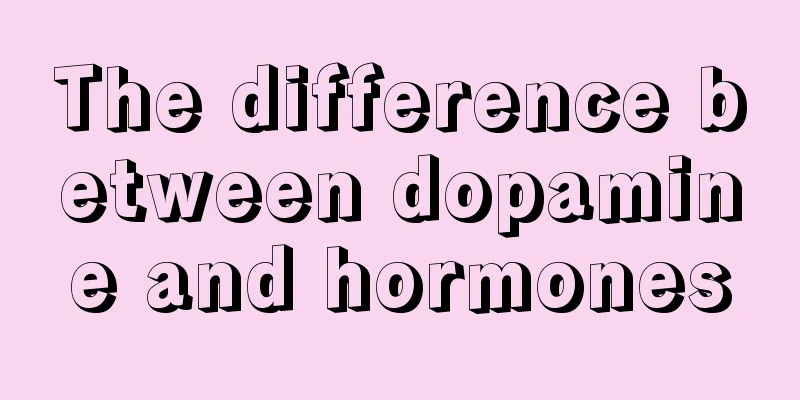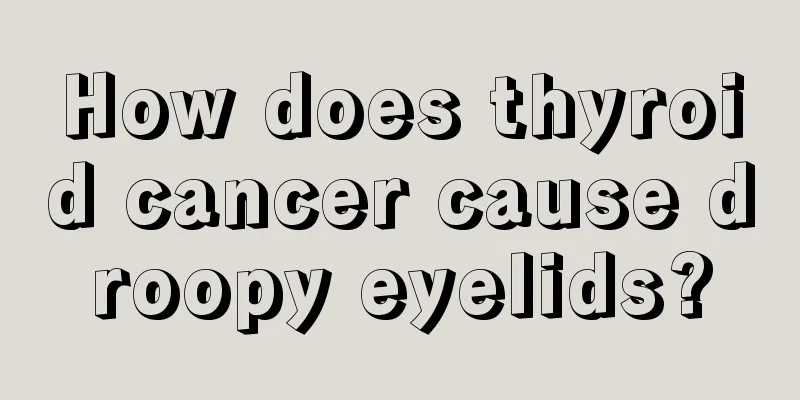What are the drugs that produce platelets

|
Platelets are one of the most important components in human blood. The main function of platelets is coagulation and hemostasis. If the number of platelets is too low, it will easily cause certain diseases in the human body. If the platelet count is too low, you must go to the hospital for treatment in time. There are many drugs that can raise platelets. After taking drugs that raise platelets, the platelets will generally return to normal in about three or four weeks. If there is no effect, you must adjust the treatment drugs in time. Treatment for adults usually starts with oral corticosteroids (e.g., prednisone 1 mg/kg daily). If effective, platelet counts will return to normal within 2 to 6 weeks, and then corticosteroids will be gradually reduced. However, most patients do not respond satisfactorily, or relapse after reducing the dose of adrenal steroids. Splenectomy can relieve 50% to 60% of patients. For patients who are difficult to respond to steroids and splenectomy, the efficacy of other drugs has not been proven. Due to the long course of chronic ITP and the low mortality rate of chronic ITP patients, the pros and cons of treatment methods must still be carefully weighed. The efficacy of synthetic androgens (danazol), or immunosuppressive therapy using azathioprine, vincristine, cyclophosphamide, or cyclosporine is not consistent. For patients with ITP and fatal bleeding, intravenous immunoglobulin (IVIg) can be used, which can inhibit the clearance of antibody-coated platelets by mononuclear macrophages. The IVIg dose is 1g/kg for 1 day or 2 consecutive days. The patient's platelet count can often increase within 2 to 4 days, but only lasts for 2 to 4 weeks. High-dose methylprednisolone 1g/(kg.d) intravenous infusion for 3 days can rapidly increase the platelet count, and the cost is slightly lower than IVIg. Platelets should also be transfused for patients with fatal bleeding. Since glucocorticoids or IVIg may be expected to be effective within a few days, ITP patients should not be transfused with platelets prophylactically. Treatment for children is the opposite of that for adults. The use of corticosteroids or IVIg can quickly restore platelet counts, but it does not improve clinical outcomes. Because most children can spontaneously recover from severe thrombocytopenia within a few days or weeks, supportive therapy alone is sometimes recommended. Splenectomy should be delayed for at least 6 to 12 months in children with chronic ITP who do not respond to corticosteroids or IVIg, because asplenic children are at increased risk of serious infection, and most children can spontaneously resolve even after years of illness. If thrombocytopenia is caused by malnutrition, food therapy will have obvious effect. If it is caused by disease, diet therapy is not very effective, the key is drug treatment. Eating peanut skins, jujubes, and osmanthus can help increase platelets. At the same time, spicy and irritating foods, such as seafood and mutton, should be avoided to avoid inducing bleeding. |
<<: What is the difference between gel water and hairspray?
>>: What are the bisphosphonates?
Recommend
What should I do if my heart is not getting enough blood? What are the dietary tips?
Many people often feel heart pain, have difficult...
Is it good to always cupping
Because of sudden weather changes, or their own b...
How can you wash moldy clothes?
After the clothes have been left at home for a lo...
Nasopharyngeal cancer patients have many things to pay attention to in their daily lives
Nasopharyngeal cancer is a disease that many peop...
Table lamp is the "king of radiation" of household appliances
Modern life cannot be separated from electrical a...
Is three-dimensional better or four-dimensional better
In life, many pregnant women need to do many pren...
Why do I feel itchy all over when running
In daily life, many people will feel itchy all ov...
Full-second laser surgery
Seconds laser surgery is a new type of surgery th...
Can early stage nasopharyngeal cancer be cured?
I believe that most people don’t know much about ...
What are the best treatments for tinea corporis
The occurrence of tinea corporis is often caused ...
What to add to hot pot oil to enhance flavor
Each region chooses different ways to eat hot pot...
What are the symptoms of lung cancer in the early stage? Several common clinical manifestations of early lung cancer
For lung cancer patients who act on their own, th...
What to do with stye_What to do with a stye that is getting bigger and bigger
Some people don't care much even if they have...
What are the early symptoms of osteosarcoma?
Osteosarcoma is very easy to deteriorate. Usually...
Eat boiled eggs in the morning to lose weight
Breakfast is a very important meal. As the saying...









